Tying your soccer cleats may seem like a simple task, but the way you lace them can have a significant impact on your performance and comfort on the field.
Properly lacing your soccer cleats not only ensures a secure fit but also enhances stability, prevents injuries, and allows for better control of the ball.
Whether you’re a beginner or a seasoned player, understanding different lacing techniques and finding the right method for your foot type and playing style can make a world of difference.
In this article, we’ll explore various lacing techniques and provide step-by-step instructions to help you lace your soccer cleats like a pro.
Get ready to elevate your game by learning the art of lacing your soccer cleats effectively and efficiently.
- Steps to tying your soccer cleats the right way
- Should you tie your soccer cleats tightly?
- Is it recommended to double knot your soccer cleats?
- Are there any cool or unconventional ways to lace soccer cleats?
- How do professional soccer players tie their own cleats?
- What is the best lacing method for soccer cleats?
- Concluding thoughts
Steps to tying your soccer cleats the right way
When it comes to lacing your soccer cleats, two popular techniques are:
- top lock lacing; and
- forward-foot lock lacing.
These methods provide a secure fit, prevent slippage, and maintain tightness throughout the game.
Now, let’s walk through the steps for each lacing style:
Top lock lacing
Start by sliding the lace through the bottom eyelets, ensuring an even amount on both sides.
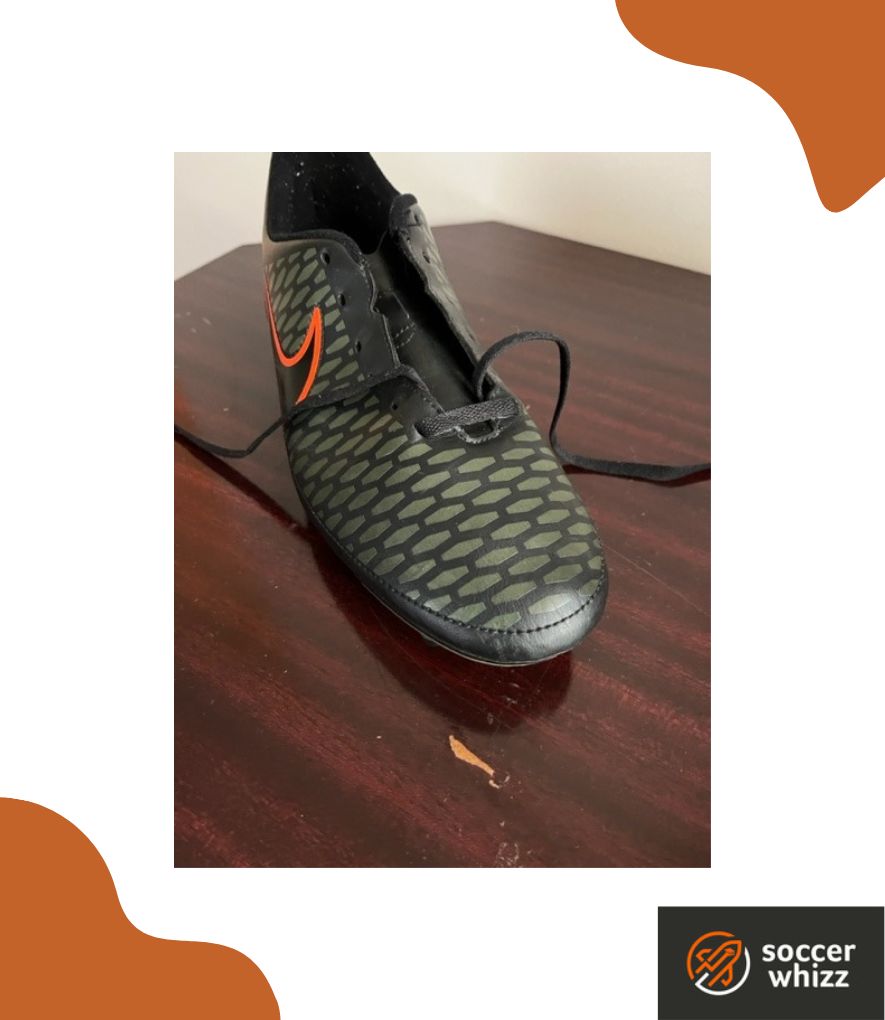
Create a crisscross “X” by threading the left lace through the right eyelet and vice versa.
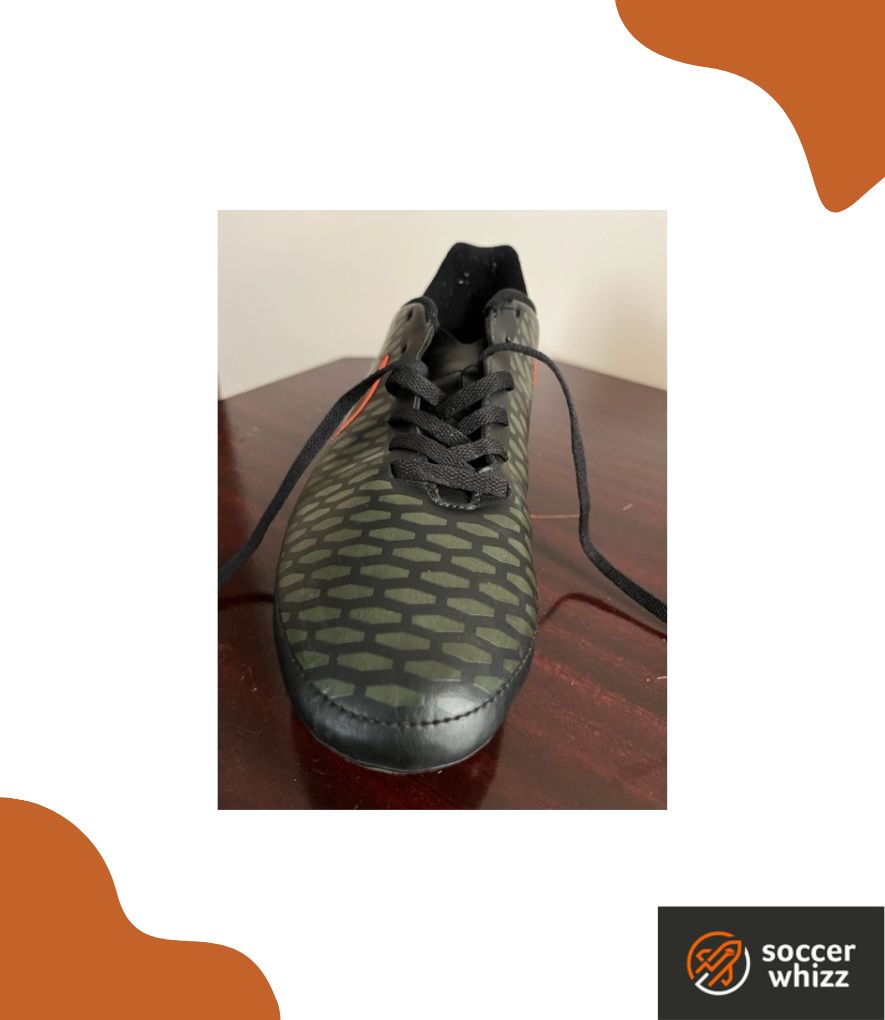
Continue this pattern up to the final two eyelets.
Then, take each lace into the eyelet directly above, stringing it through the outside eyelets to form a loop.
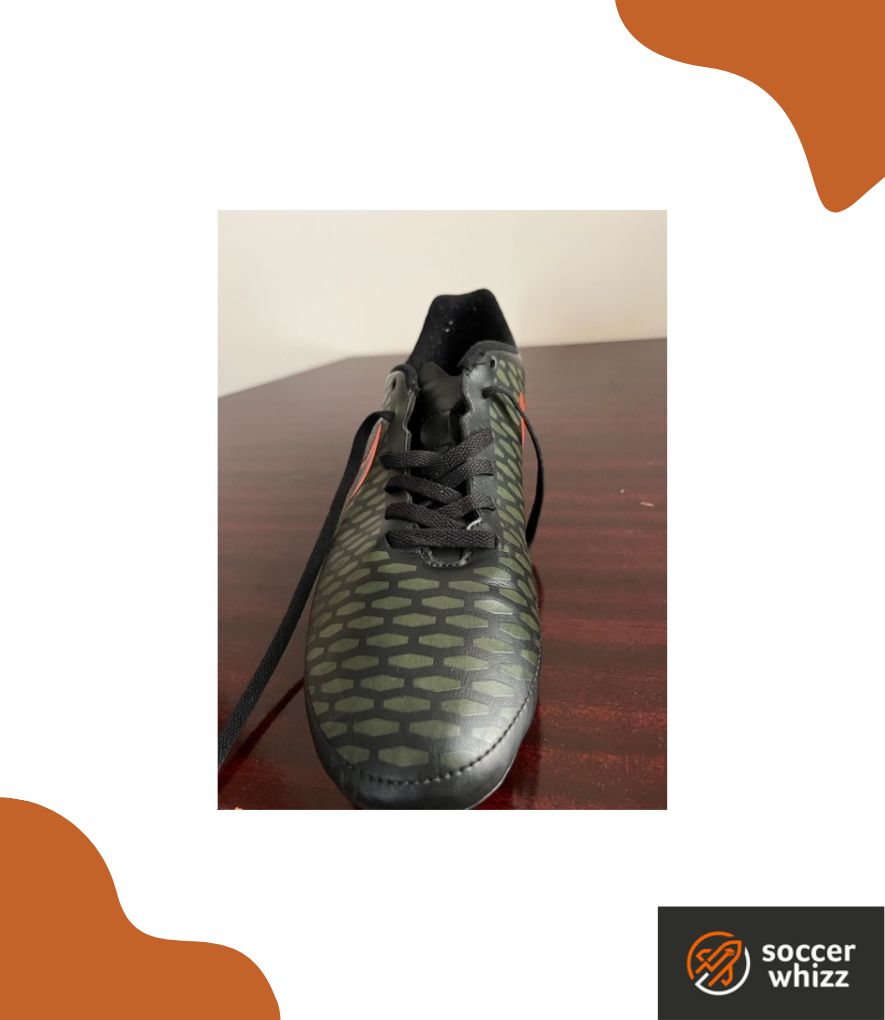
Cross the laces by running them through the adjacent loop, creating a tight-fitting heel lock.
If you have excess laces, you can wrap them under the arch between your heel and toe cleats or around the heel cleat spike.
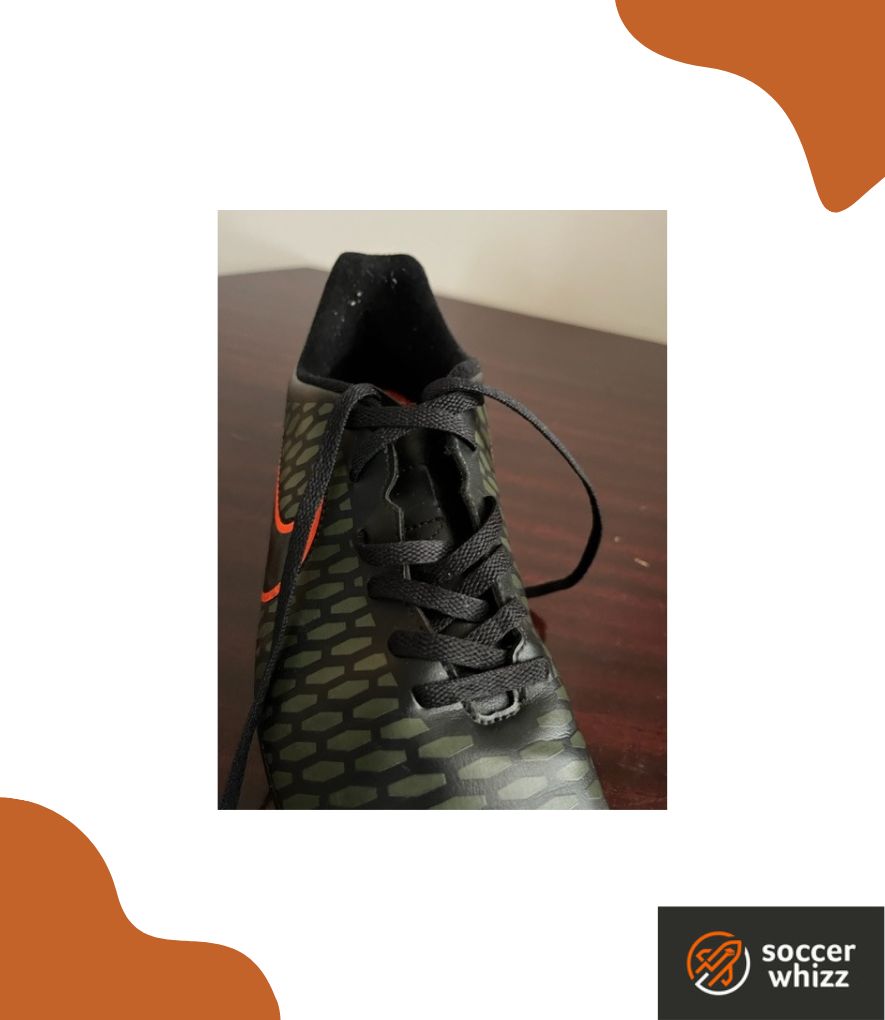
Tie your cleats as usual and tuck any extra lace slack into the space between your ankle and shoe.
Forward foot lock lacing
Slide the laces evenly through the bottom eyelets.
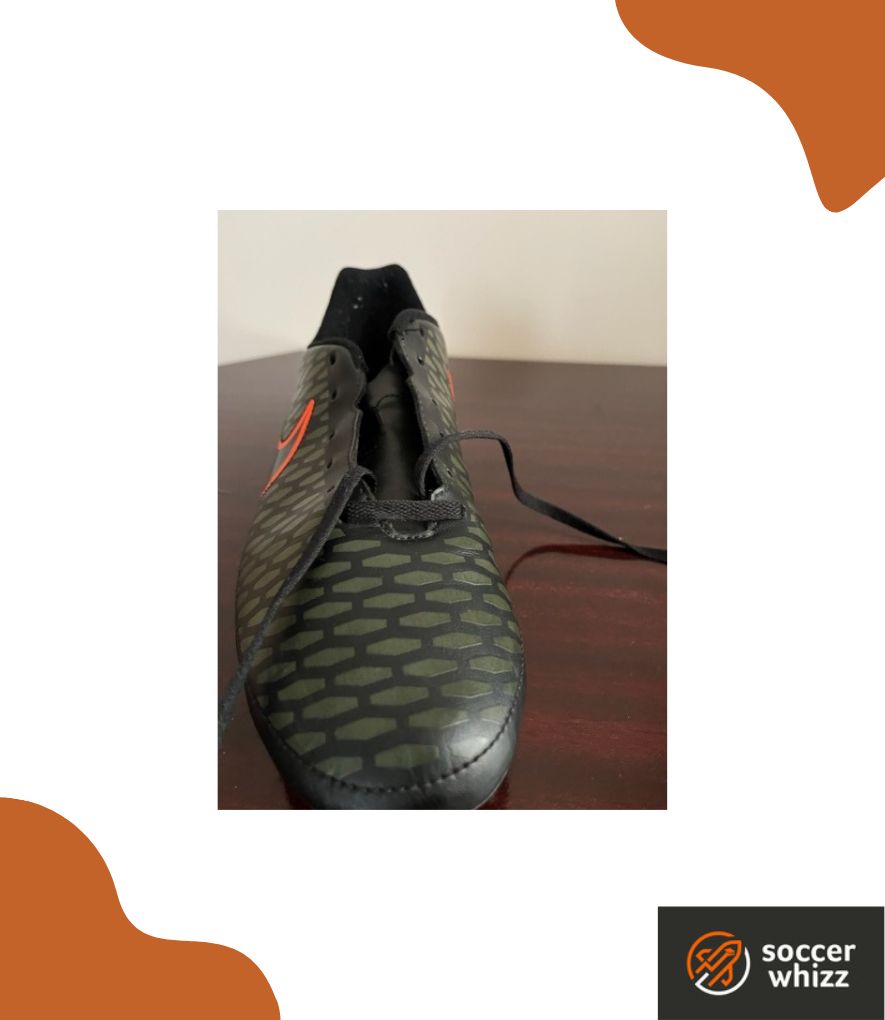
Take each lace diagonally across to the third eyelet, forming a large “X” shape while leaving the second eyelet open.
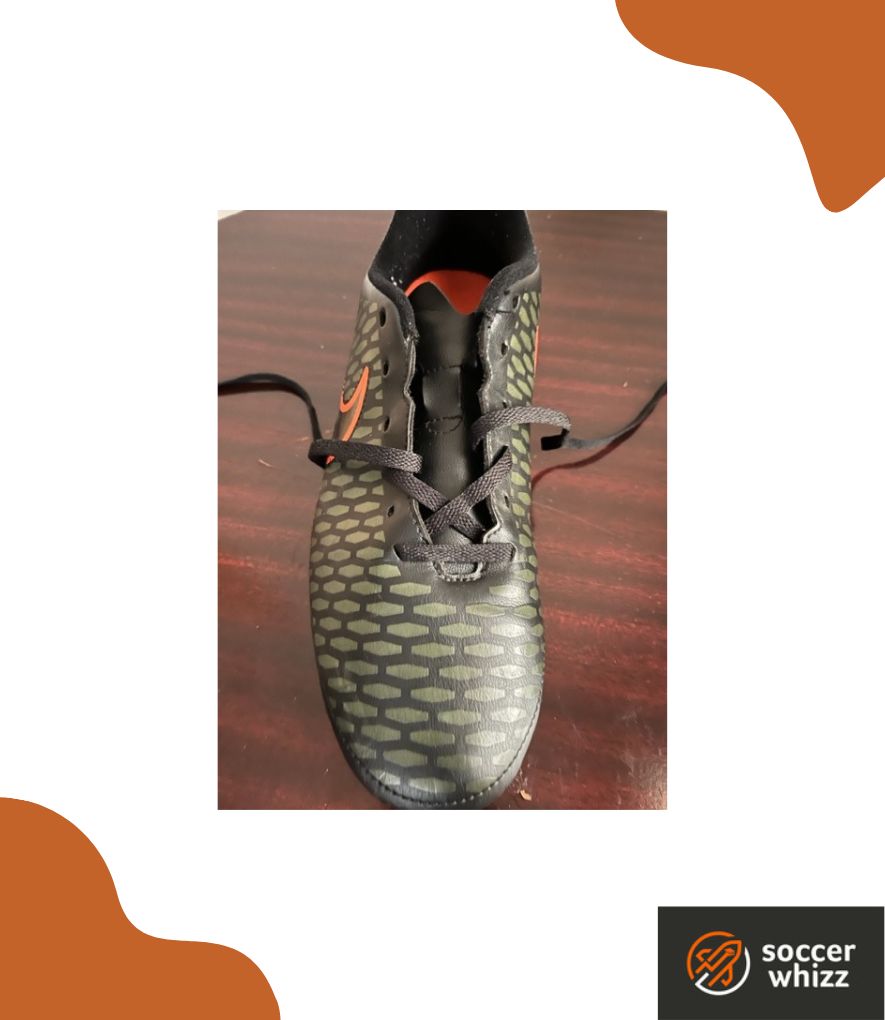
Bring both laces back down diagonally, crossing them through the open second eyelets to create another “X” shape on top of the first crisscross.
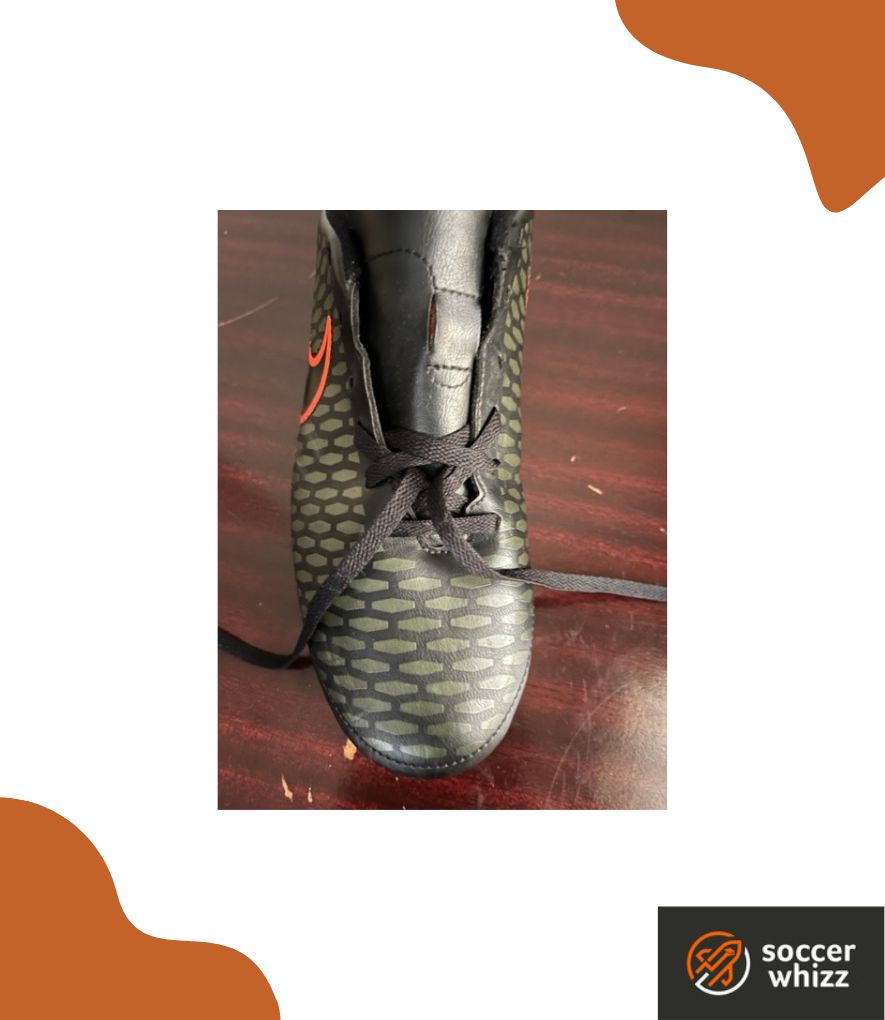
Continue by taking the laces diagonally up to the fourth eyelet, crisscrossing the front of the shoe to create a lace lock on the forward part of your foot.
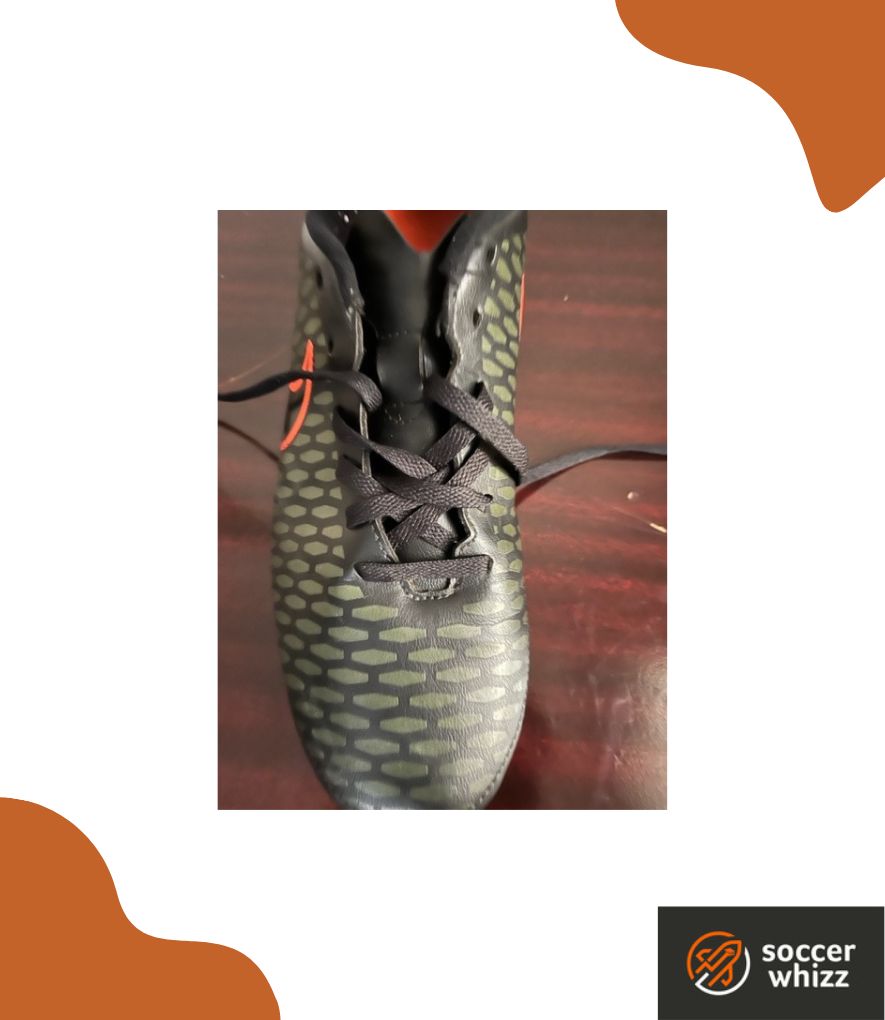
Complete the lacing with a traditional crisscross or “X” pattern through the remaining eyelets until you reach the top of your shoe.
Tie your cleats and tuck any extra lace slack behind your ankle.
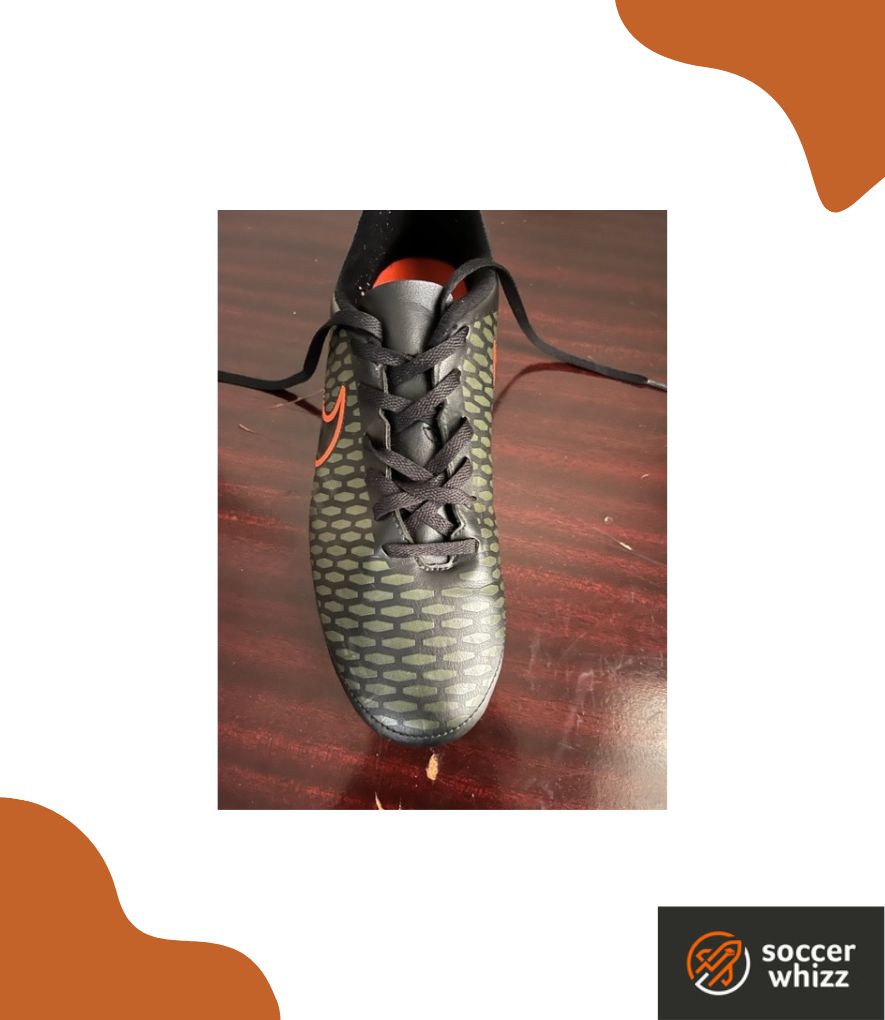
By following these step-by-step instructions, you can achieve a secure and comfortable fit with your soccer cleats, allowing you to focus on your game with confidence.
Should you tie your soccer cleats tightly?
Preferences for the fit of football boots vary among players, with some opting for a snug fit and others preferring a bit of extra space.
Interestingly, some players even employ different lacing techniques based on the specific areas of their feet they wish to prioritize.
However, what many players may not realize is that the way they lace up their boots can also impact their performance.
Tight lacing can impede blood circulation and contribute to fatigue, while loose lacing may result in blisters and related issues.
Striking the right balance is crucial.
Aim to lace your boots snugly but not overly tight, allowing for some toe movement.
Ultimately, the key factor is your comfort.
If you feel at ease in your boots, chances are you’re lacing them correctly.
So, step onto the field with confidence and give it your all – your cleats will show their appreciation in return.
Is it recommended to double knot your soccer cleats?
For dedicated soccer players seeking to take their lace-tying technique to the next level, the next step involves incorporating a double knot.
Following the previous method of tightening the laces from bottom to top, a crucial adjustment is made to the traditional bow-knot at the top of the shoes.
Instead of tying the knot at the center of the instep, it should be positioned as far to the outside of each foot as the shoe allows.
At this specific point, the laces should be securely double-knotted.
By relocating the knot away from the midline of the instep, the impact of the knot on an instep-drive kick is minimized, leading to an improved “feel” when making contact with the ball.
However, it’s important to note that the extent to which the knot can be moved away from the instep’s midline is limited by the top edge of the shoe at the eyelet.
Are there any cool or unconventional ways to lace soccer cleats?
Lacing soccer cleats in cool and unconventional ways can add a touch of individuality to your style on the pitch.
Here are a few interesting lacing techniques to consider:
Criss cross lacing
Instead of the traditional straight-up lacing, crisscross lacing involves weaving the laces diagonally across the eyelets, creating an eye-catching pattern.
Here’s a short video tutorial of how this works:
This method not only adds visual interest but also allows for a customizable fit by adjusting the tension in different sections of the shoe.
Loop back lacing
In this style, the laces are looped back through the same eyelet instead of continuing to the next one.
This creates a series of loops running down the shoe, which can be visually appealing and offer a customized fit.
Reference – Coaching American Soccer
How do professional soccer players tie their own cleats?
One widely used approach, called the “claspers technique,” entails threading the laces through the loops located on the sides of the shoe and securing them with a double knot.
This method ensures a firm and reliable fit that remains intact throughout rigorous running and kicking activities.
What is the best lacing method for soccer cleats?
The top lock lacing technique is highly popular and widely adopted when it comes to lacing soccer cleats.
This fundamental method of lacing provides a snug sensation that endures throughout the entire duration of a match, ensuring a secure hold on the heel and preventing slippage that could result in uncomfortable heel blisters.
Concluding thoughts
Overall, lacing soccer cleats is not just a matter of personal preference, but also an important factor in enhancing comfort, performance, and injury prevention on the field.
By exploring different lacing techniques such as top lock lacing, forward-foot lock lacing, or even experimenting with unconventional methods, players can find the perfect balance of fit and support for their individual needs.
Remember to adjust the tightness appropriately, leaving room for natural foot movement and avoiding excessive pressure or looseness.
Whether you’re a professional player or simply enjoy the game, mastering the art of lacing your soccer cleats will contribute to a more enjoyable and successful experience on the pitch.
So, lace up your cleats with confidence, and let your feet take you to new heights in the game you love.
Lastly, before you go, you can check out some related articles on soccer cleat care.
Such as:
- how to break in your new soccer cleats effectively;
- how to stretch soccer cleats properly;
- how to dry your soccer cleats after washing them; and
- how to clean your soccer cleats correctly
If you enjoy the content that I create and would like to buy me a coffee, then I’d really appreciate it!
Any money that I earn through this donation will be re-invested into more content for this website.
Additionally, by sending in a donation you’ll also receive a copy of my recently released 190+ page eBook on Soccer Ball Care, as well as be subscribed to our mailing list where you’ll be regularly informed on the latest developments concerning the Soccer Whizz blog.
- Future Icons: Europe’s Emerging Midfield Maestros Set for Glory - December 4, 2023
- Kickstarting a Revolution: How Soccer Transformed the United States Over the Last Four Years - October 7, 2023
- 4-1-4-1 Soccer Formation [Analysis] - September 23, 2023

